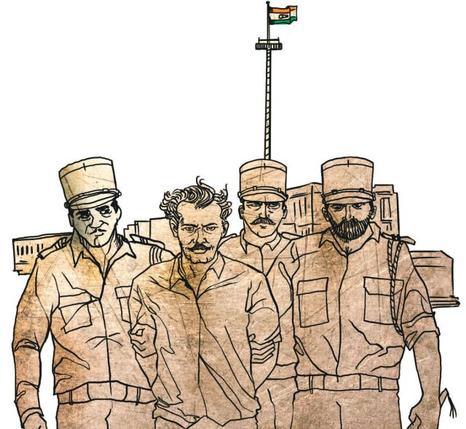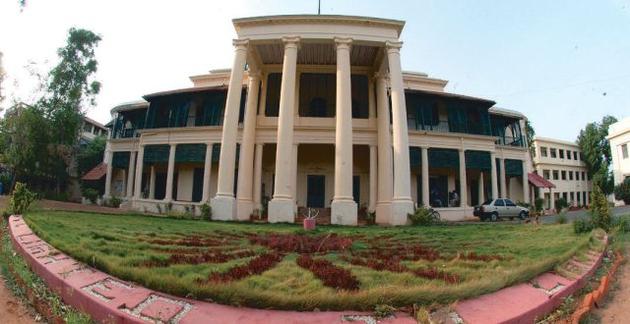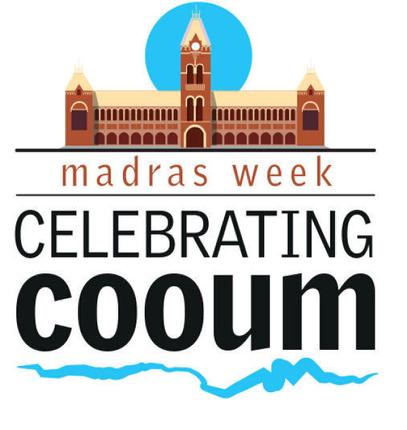
From the tricolour being hoisted at Fort St.George to filmgoers at Gaiety defying imperialist high-handedness, Cooum has witnessed some defining moments of the Indian freedom struggle
All of us are in some form of shackles, self-imposed or otherwise. I was made to flow freely, but the dead weight of man-induced sewage has reduced me to a piteous crawl. If I could, I would break free of this shackle. But I am just a river, and I can’t. My own helplessness has made me an admirer of those who have shaken off their yokes. For one, I have been a witness to stirring expressions of love for the country, when it was under British yoke.
Everyone loves a hero. Everyone is enthralled by people who put their lives on the line for the common good. On the 26 of January in 1932, in the whole of India, there was none more heroic than Arya Bhashyam. Even today, I develop goosebumps as I recall how Arya Bhashyam, his face afire with a deep-burning love for his country, clambered up the incredibly tall flagstaff at Fort St. George, and replaced the Union Jack with the Tricolour. When he climbed down, his eyes were aglitter with pride and a sense of accomplishment. There was no trace of fear in those eyes, when the guards pounced on Bhashyam.
It surprises me no end how we forget our heroes – most of them, I mean. I got to see T. P. Kumaran Nair, when he was lodged in the Madras Central Jail in the early 1940s. A handsome and guileless man, he was on death row. Arrested when he was returning from Singapore and tried for treason, he did not seek mercy and faced death fearlessly. He courted martyrdom and found it on July 7, 1944, and had the honour of Subhash Chandra Bose calling him Shahid-e-Hind (martyr of Hindustan). Nair worshipped Bose and he trained cadets in the Indian National Army. It’s a pity that except for a road in Nellicode, Kerala, that bears his name, T.P. Kumaran Nair remains largely forgotten.
There were many common people who made a contribution to the freedom struggle who will forever remain in the shadows. During stilly nights, the cries of people being beaten inside the Gaiety cinema come back to me.
It was 1939 and Thyaga Bhoomi, a Tamil film based on a work by writer Kalki, was being screened in defiance of ban orders from the British Indian government in Madras. The government saw in the film a subtle call to support the freedom movement. It acted on the assumption that the Congress party had a hand in it. The ban order was served when the film was in its 22 week at Gaiety. The people behind the film, which included S.S. Vasan and K. Subramanyam (who made the film) chose not be cowed down: they ran free shows of the film at the cinema. It was during one such show the police barged into the cinema and beat up the audience. Despite the pummelling, they stayed inside.

Then there are certain structures proximate to where I flow, which are not readily associated with the freedom struggle. But they have had a part in it. Tipu Sultan’s sons were held captive at the timeworn Doveton House in Women’s Christian College.
Then the Tipu’s weapons of war on display at the Madras Museum bring back the past powerfully for me. For visitors to the Museum, they are relic of the past. Flowing – actually, crawling by the Museum – and looking at these instruments, I could hear the distant sounds of a spirited struggle.
Sources: Venkatesh Ramakrishnan of the Chennai Cooum Group, The Hindu Archives and the Madras Musings
source: http://www.thehindu.com / The Hindu / Home> News> Cities> Chennai / by Prince Frederick / August 20th, 2015
